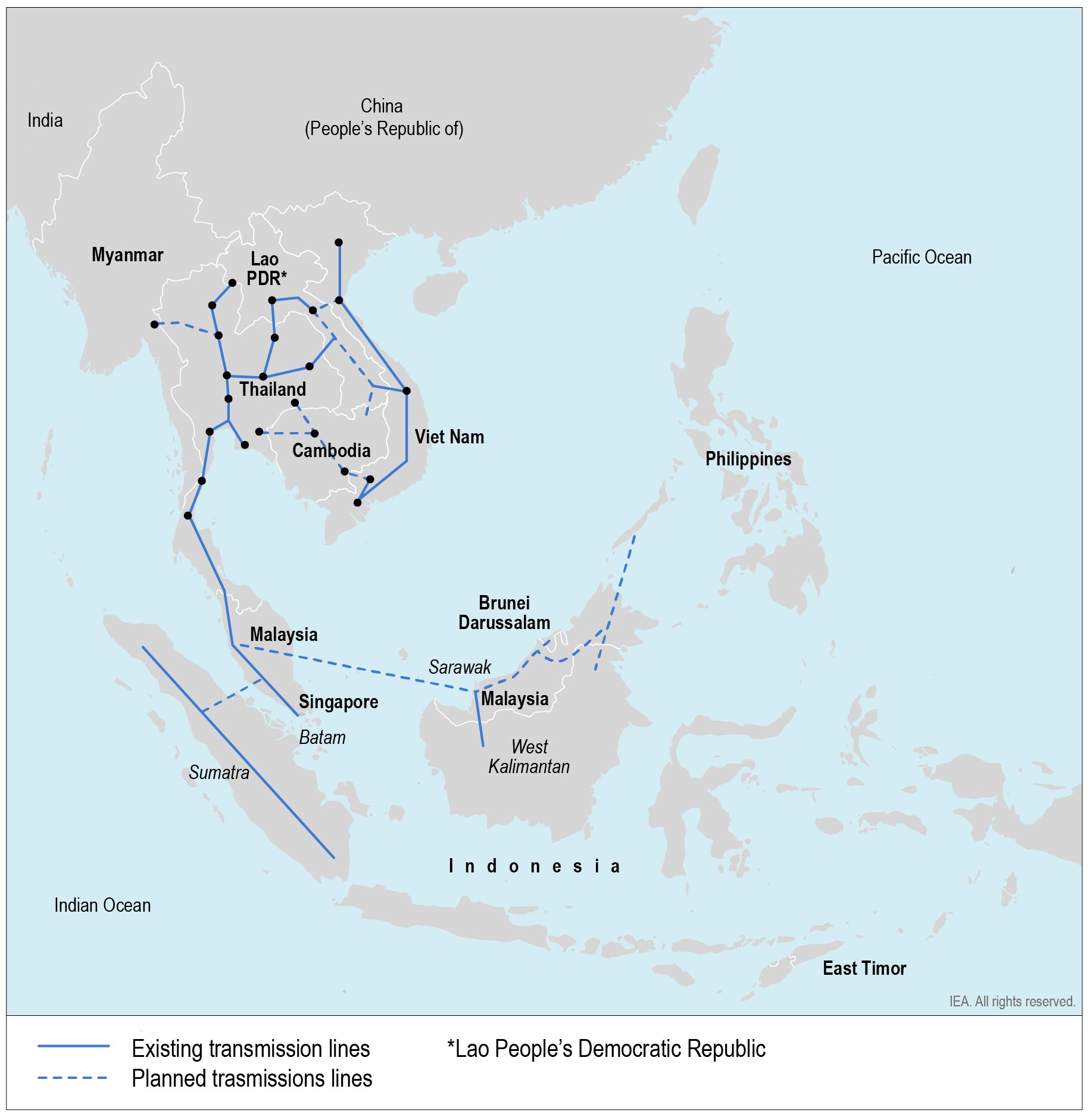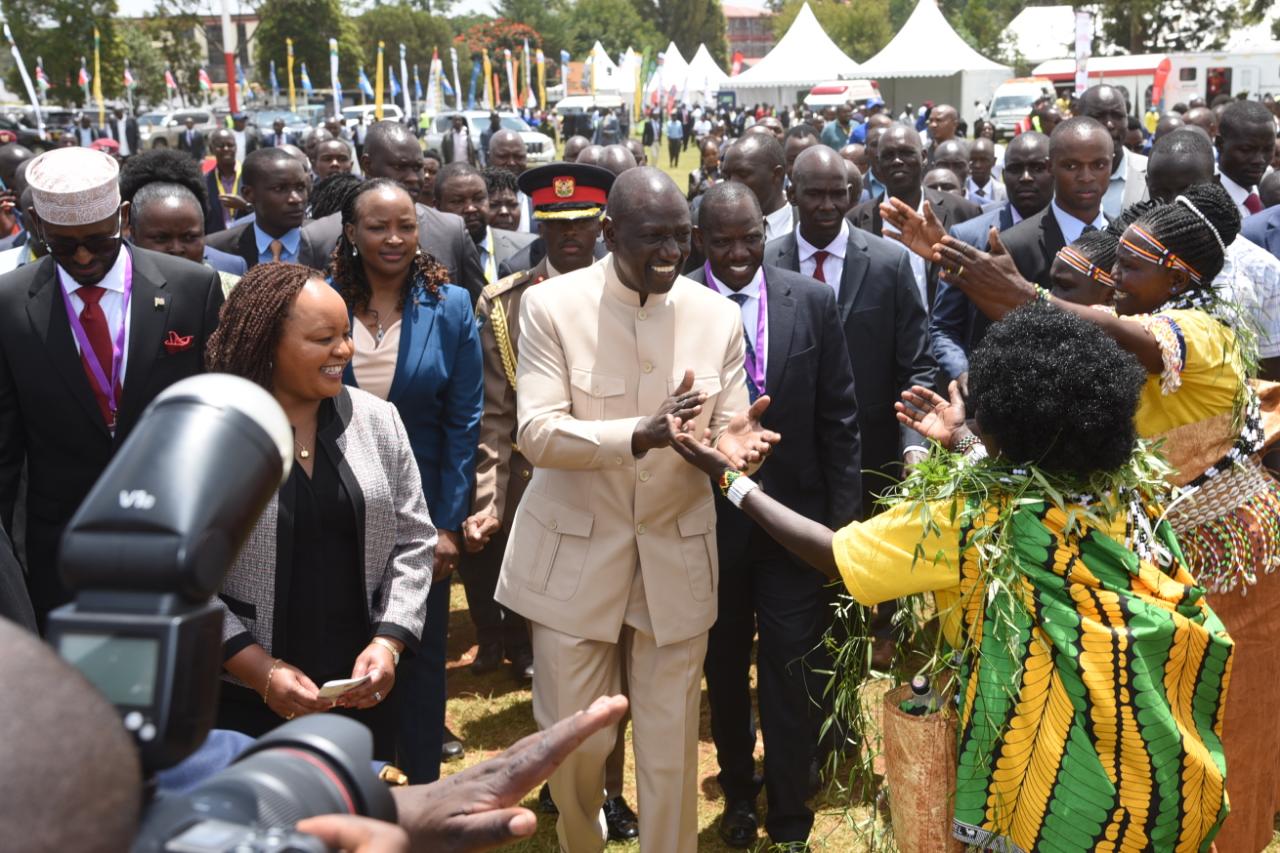Boosting Canadian Energy Trade: A Focus On Southeast Asia

Table of Contents
Canada possesses vast reserves of energy resources, including oil, natural gas, and renewable energy sources. While traditional markets remain important, exploring new avenues for trade is crucial for economic growth. Southeast Asia, with its rapidly developing economies and increasing energy demands, presents a significant opportunity to boost Canadian energy trade. This article will examine the key factors contributing to this potential and explore strategies for maximizing this burgeoning market.
Southeast Asia's Growing Energy Demand
Rapid Economic Development and Industrialization
Southeast Asia's economies are experiencing rapid growth, leading to increased energy consumption across various sectors, including manufacturing, transportation, and power generation. This surge in demand is driven by several key factors:
- Increased urbanization: Rapid population shifts from rural to urban areas are creating energy-intensive megacities.
- Rising middle class: A growing middle class is demanding higher living standards, increasing energy consumption for appliances, vehicles, and other goods.
- Expanding industrial base: Manufacturing and industrial activities are expanding rapidly, requiring substantial energy inputs.
For example, Vietnam's energy consumption has grown at an average annual rate of over 7% for the past decade, while Indonesia and the Philippines are experiencing similarly rapid increases. This sustained growth projects a significant increase in energy demand for the foreseeable future, creating a substantial opportunity for Canadian energy exporters.
Limited Domestic Energy Resources
Many Southeast Asian nations face challenges in meeting their growing energy demands with domestic resources. This creates a significant reliance on energy imports, making them attractive markets for Canadian energy producers.
- Dependence on imported oil and gas: Many countries in the region are heavily reliant on imported fossil fuels to meet their energy needs.
- Limited renewable energy infrastructure: While renewable energy sources like solar and wind power are gaining traction, many countries lack the infrastructure to generate and distribute sufficient renewable energy to satisfy their demands.
This reliance on imports makes these nations highly receptive to reliable and diversified energy sources, a key advantage Canada offers. The current energy mix of several Southeast Asian countries heavily favors imported fossil fuels, underscoring the potential market for Canadian energy exports.
Canadian Energy's Competitive Advantages
Abundant and Diverse Energy Resources
Canada boasts significant reserves of oil, natural gas, and renewable energy sources, providing a diverse portfolio to meet the varied needs of Southeast Asian markets.
- Oil sands production: Canada possesses the world's third-largest oil reserves, primarily located in the oil sands of Alberta.
- Natural gas pipelines: Extensive pipeline infrastructure facilitates efficient natural gas transportation to export terminals.
- Significant hydropower capacity: Canada is a global leader in hydropower generation, offering a clean and sustainable energy source.
Canada's vast and diversified energy resources position it as a reliable and long-term energy partner for Southeast Asia. Its global ranking in energy production further solidifies this position.
Environmental Standards and Sustainability Initiatives
Canada is increasingly focusing on environmentally responsible energy production and transportation, aligning with the growing global emphasis on sustainability. This commitment to environmental stewardship can be a significant selling point in Southeast Asia.
- Carbon capture and storage technologies: Canada is investing in and developing advanced technologies to reduce carbon emissions from fossil fuel production.
- Renewable energy investments: Significant investments are being made in renewable energy sources like wind and solar power.
- Commitment to reducing emissions: Canada is actively pursuing policies to reduce greenhouse gas emissions and transition to a cleaner energy future.
This focus on sustainability resonates with the increasing global demand for environmentally responsible energy sources and strengthens Canada's reputation as a reliable and trustworthy energy partner.
Strategies for Expanding Canadian Energy Trade with Southeast Asia
Strengthening Bilateral Trade Agreements
Negotiating and strengthening trade agreements with Southeast Asian nations is crucial to reducing barriers to trade and fostering investment.
- Tariff reductions: Lowering tariffs on energy products will make Canadian energy more competitive.
- Streamlined customs procedures: Efficient customs procedures will facilitate faster and more cost-effective trade.
- Investment protection agreements: Secure investment agreements will encourage Canadian companies to invest in energy infrastructure projects in Southeast Asia.
Existing and potential trade agreements like the Comprehensive and Progressive Agreement for Trans-Pacific Partnership (CPTPP) offer a framework for expanding trade relations.
Investing in Infrastructure Development
Investing in infrastructure, such as pipelines, ports, and transportation networks, is essential for efficient and cost-effective energy transport.
- Pipeline infrastructure upgrades: Expanding and upgrading pipeline capacity will increase the flow of Canadian energy exports.
- Development of LNG export terminals: Building new LNG export terminals will facilitate the transportation of liquefied natural gas to Southeast Asia.
- Port capacity expansion: Improving port infrastructure will handle the increased volume of energy exports.
Strategic infrastructure investments are crucial for ensuring the successful and cost-effective delivery of Canadian energy to Southeast Asian markets.
Promoting Canadian Energy Expertise and Technology
Sharing Canadian expertise and technology in energy exploration, production, and renewable energy can further enhance partnerships and collaboration.
- Collaboration on energy technology research: Joint research projects can lead to innovation and the development of new technologies.
- Knowledge transfer programs: Training and capacity-building initiatives can help Southeast Asian countries develop their own energy sectors.
- Capacity building initiatives: Sharing best practices and providing technical assistance will foster sustainable energy development in the region.
Promoting Canadian expertise and technology will not only boost trade but also contribute to sustainable energy development in Southeast Asia.
Conclusion
Southeast Asia's burgeoning energy demand and Canada's substantial energy resources create a significant opportunity to boost Canadian energy trade with Southeast Asia. By leveraging its competitive advantages, strengthening trade agreements, investing in infrastructure, and promoting its expertise, Canada can effectively tap into this promising market. Developing strong bilateral relationships and addressing potential challenges proactively are key to realizing the full potential of this partnership. Seizing this opportunity will not only enhance Canada's economic prosperity but also contribute to sustainable energy development in Southeast Asia. Further exploration of Canadian energy trade with Southeast Asia is crucial for future economic growth and global energy security. Let's work together to unlock the full potential of this vital trade relationship.

Featured Posts
-
 Bubba Wallace Against The Grain In Nascar
Apr 28, 2025
Bubba Wallace Against The Grain In Nascar
Apr 28, 2025 -
 16 Million Penalty For T Mobile Three Year Data Breach Settlement
Apr 28, 2025
16 Million Penalty For T Mobile Three Year Data Breach Settlement
Apr 28, 2025 -
 Trumps Impact On Higher Education Examining The Fallout Beyond Ivy League Institutions
Apr 28, 2025
Trumps Impact On Higher Education Examining The Fallout Beyond Ivy League Institutions
Apr 28, 2025 -
 Trumps Time Interview Insights On Canada China Relations And Presidential Term Limits
Apr 28, 2025
Trumps Time Interview Insights On Canada China Relations And Presidential Term Limits
Apr 28, 2025 -
 Florida Keys Highway A Drive From Railroad To Ocean
Apr 28, 2025
Florida Keys Highway A Drive From Railroad To Ocean
Apr 28, 2025
